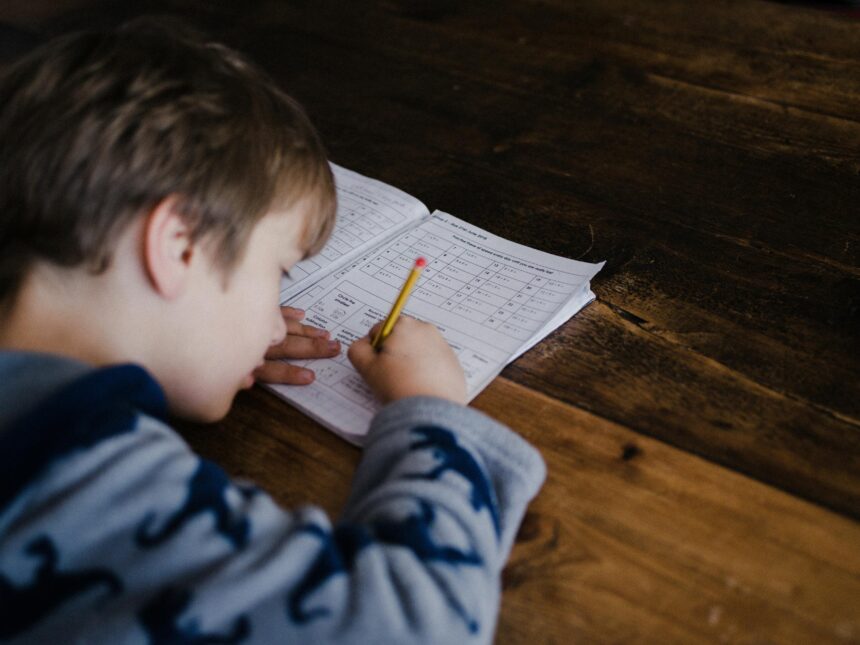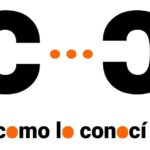In an increasingly interconnected world, the global landscape of education continues to evolve, offering students unprecedented opportunities to study abroad. This trend is evident in the number of students transferring between countries with distinct educational systems, such as Cuba and the United States. These transfers not only represent a quest for academic excellence but also a desire to immerse oneself in diverse cultural experiences. Understanding the key differences and similarities between Cuban and American schools is crucial for students navigating this transition. This guide aims to provide an insightful comparison to help students prepare for the challenges and opportunities that lie ahead.
Cuban Educational System
Cuba’s educational system is renowned for its strong emphasis on free access to education at all levels, from primary school to higher education. Governed by the state, the system is designed to be universally accessible, eliminating tuition fees entirely. However, this accessibility comes with a particular focus on political ideology, integrating it into the curriculum across all subjects. This approach aims to foster a sense of collective identity and social responsibility among students.
From an early age, students are introduced to a standardized curriculum that emphasizes science, mathematics, humanities, and political education. As students progress, they encounter an increasingly specialized curriculum, preparing them for higher education or vocational training. The phrase “do my paper for me” is seldom heard in Cuban classrooms, as the educational ethos encourages self-reliance and the development of a strong work ethic from a young age. Despite limited resources, Cuban schools strive to maintain high educational standards, focusing on developing well-rounded individuals committed to societal values.
- CHECALO -
American Educational System
The American educational system is characterized by its diversity and flexibility, offering a range of options from public and private schools to charter and homeschooling programs. This variety allows for a more personalized educational experience, accommodating students’ unique needs, interests, and learning styles. Unlike the uniform approach seen in Cuba, American schools emphasize critical thinking, creativity, and individual achievement, preparing students for a competitive and dynamic global economy.
From elementary to high school, American students enjoy a broad curriculum that includes a mix of core subjects and electives, allowing for exploration and specialization in areas of interest. Extracurricular activities play a significant role in the educational experience, offering students opportunities for personal growth and social engagement outside the classroom. The system’s flexibility extends to higher education, where students can choose from a wide array of majors and minors, tailoring their academic path to their career goals.
Cultural Differences in Educational Philosophies
The educational philosophies of Cuban and American schools reflect deeper cultural values and societal goals. In Cuba, education is seen as a collective endeavor, with a focus on fostering a communal spirit and a strong sense of social responsibility. The curriculum prioritizes memorization and the mastery of material, reflecting a belief in the importance of a shared foundational knowledge base.
In contrast, American education values individualism, encouraging students to pursue personal interests and develop their unique potential. Critical thinking and problem-solving are emphasized, with teaching methods that encourage questioning and exploration. This difference in educational philosophy extends to student-teacher relationships and classroom dynamics, where American students often experience a more informal and interactive learning environment, in contrast to the structured and teacher-centered approach prevalent in Cuban schools.
Continuing with the detailed exploration of the differences between Cuban and American schools, let’s delve into the day-to-day student experiences, challenges, and opportunities and conclude with valuable advice for navigating the transition successfully.
Practical Differences for Students
The practical day-to-day experiences of students in Cuban and American schools differ significantly. In Cuba, the school day is highly structured, with students wearing uniforms and following a set curriculum. Classrooms tend to focus on lecture-based instruction, with a strong emphasis on memorization and recitation. Assessments are predominantly written exams, reflecting a preference for formal evaluation methods.
Conversely, American schools offer a more varied daily experience, with a significant portion of learning occurring through interactive and project-based activities. The environment is less formal, with no uniform requirements in most schools and a greater emphasis on continuous assessment that includes a mix of tests, presentations, and group work. This diversity in teaching and assessment methods caters to different learning styles, fostering a more inclusive educational atmosphere.
Challenges and Opportunities for Transfer Students
Transfer students between Cuban and American educational systems may face several challenges, including adjusting to different teaching styles, language barriers, and understanding new assessment methods. The shift from a highly structured, uniform curriculum to one that offers a wide range of choices and learning approaches can be overwhelming. Additionally, social integration in a new educational and cultural environment presents its own set of challenges.
However, these challenges also present unique opportunities for growth. Transfer students gain the ability to navigate diverse educational landscapes, developing adaptability and resilience. The experience of studying in another country broadens their perspectives, enhancing cultural awareness and fostering a global mindset. Embracing these differences can enrich students’ educational journeys, providing them with a competitive edge in an increasingly globalized world.
Navigating the Transition: Tips for Success
For students transitioning between Cuban and American educational systems, success lies in preparation and adaptability. Here are some tips to navigate the transition smoothly:
- Research and prepare: Before the transfer, research the new educational system thoroughly to understand the academic expectations and cultural nuances.
- Seek academic support: Utilize resources such as tutoring centers, language courses, and study groups to bridge any academic gaps and enhance language proficiency.
- Embrace new learning styles: Be open to different teaching methods and assessment formats, actively participating in class discussions and projects.
- Cultivate social connections: Engage in extracurricular activities and community events to build a support network and integrate socially.
- Maintain an open mind: Approach the new experiences with curiosity and resilience, viewing challenges as opportunities for growth.
Final Thoughts
The journey of a transfer student between Cuban and American schools is filled with both challenges and opportunities. Understanding the key differences in educational systems, philosophies, and day-to-day practices is essential for a smooth transition and successful integration. Students embarking on this journey have much to gain, from academic growth to enhanced cultural awareness and adaptability.
As transfer students navigate this transition, they may seek various resources to support their academic and personal growth. For those looking to strengthen their writing skills or need assistance with academic papers, finding the best essay writing service can be a valuable part of their support system. These services can provide guidance in articulating thoughts clearly and effectively, an essential skill in both Cuban and American educational contexts.
Ultimately, the experience of studying in a foreign educational system offers transfer students a unique opportunity to broaden their horizons, develop new skills, and prepare for a successful future in an increasingly interconnected world. By embracing the differences and leveraging available resources, students can turn the challenges of transition into stepping stones for their academic and personal development.
DERECHOS DE AUTOR
Esta información pertenece a su autor original y fue recopilada del sitio https://www.14ymedio.com/blogs/consejos/transfer-student-guide-how-cuban_132_1101121.html







